It’s February, and a new festival is on the calendar. Some are saying “it’s the Chinese New Year,” some are saying “it’s the lunar new year,” while others are saying “it’s the spring festival.
” Ok, now you are confused. “Are they the same?” The lunar new year and Chinese New Year are almost the same, but slight differences between them. Both lunar new year and Chinese New Year are based on the complete cycles of phases of the moon.
To tell the difference between Lunar New Year Vs Chinese New Year, first, we need to know the differences between the lunar and the solar calendar. A lunar calendar is a calendar that depends on the moon’s monthly cycles. On the other hand, the annual cycles of the Gregorian calendar or Julian calendar depend on the time the earth takes to revolve once around the sun.
The Gregorian calendar is known as the solar calendar. It is important to note that the Egyptians were the first to develop a solar calendar by marking the annual reappearance of the dog star “Sirius” in the eastern sky.
They built a calendar of 365 days consisting of 12 months. However, the first lunar calendar was probably developed by the Sumerians. The fun fact is, the solar year consists of approximately 365+1⁄4 days, while a lunar year consists of roughly 354 days!
Know About: Country Girl vs City Girl
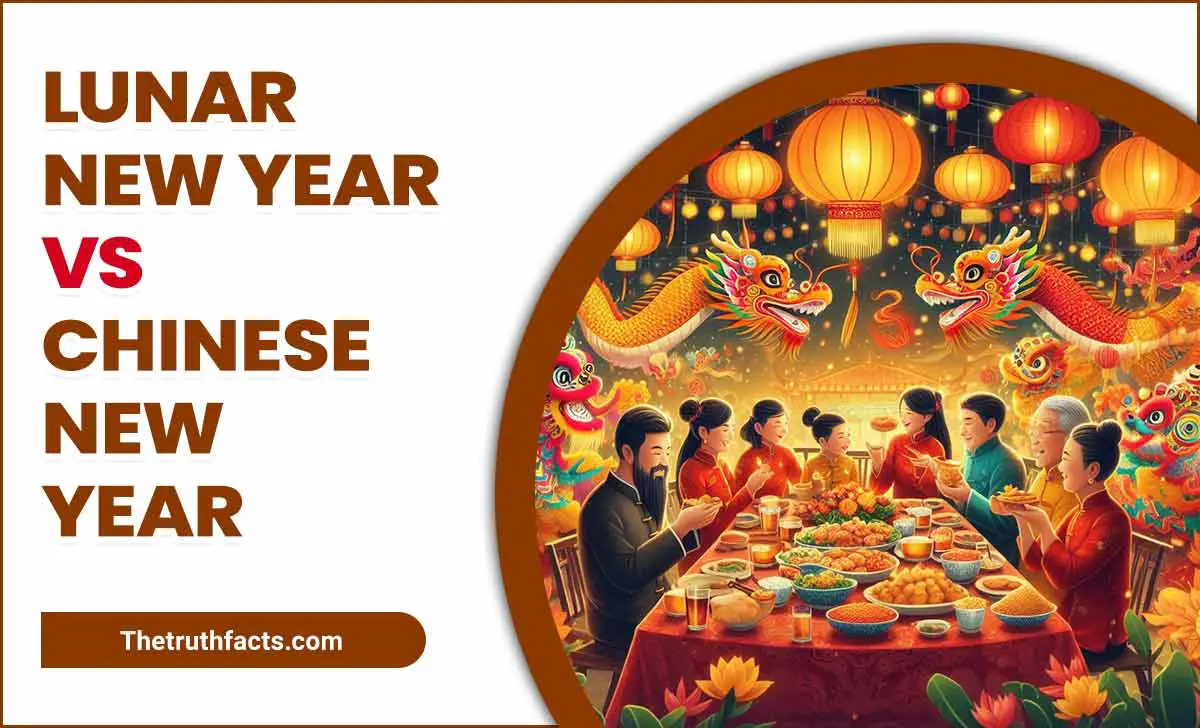
Lunar New Year Vs Chinese New Year Differences
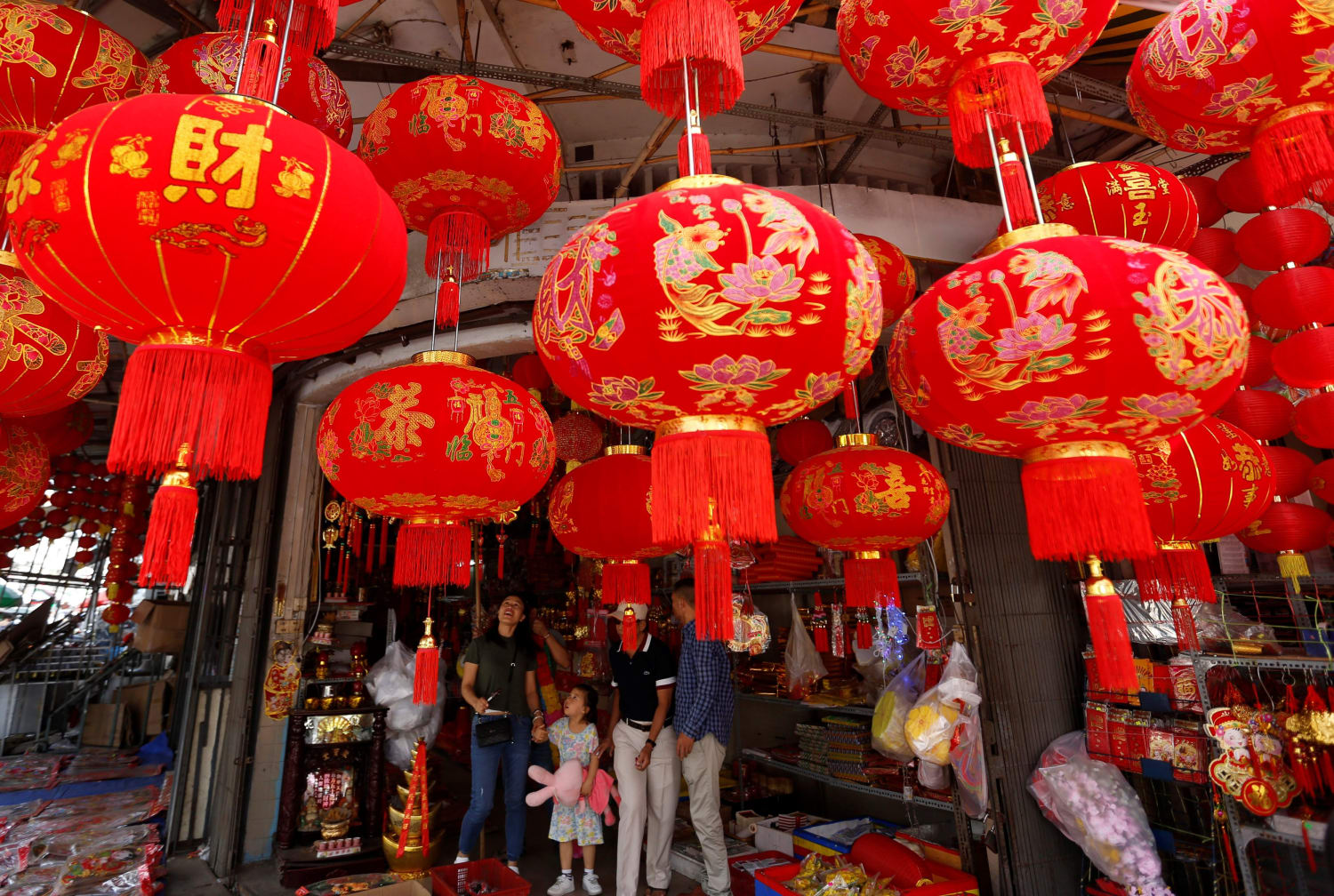
As the lunar new year and Chinese New Year follow the lunar calendar, the basic principle is that they refer to the same thing. However, there are some simple differences between them.
- Lunar years are celebrated on different dates by different cultures around the globe. The dates vary because of spotting the first day of a year according to local lunisolar calendars. Like in India, it’s in April, wherein Iran it’s on or around March 21
- The names of the lunar year vary from culture to culture. Like in Iran, the lunar new year is known as Nowruz, and in Russia, it’s known as Novy God.
The themes of lunar years vary from culture to culture. Festivals, celebrations, food, and holidays make every lunar year remarkably different from others. Let’s take a deep look to find more differences between the lunar new year and the Chinese New Year.
Lunar New Year

The lunar new year is mostly celebrated in east Asia. According to western calendars, the lunar new year holiday sometimes begins between January 21 and February 20 and varies yearly.
This particular day is also a part of the Islamic calendar, the Jewish calendar, and the Hindu-Buddhist calendars of south and southeast Asia. Here are some renowned lunar new year celebrations from around the globe:
The Islamic New Year
The Islamic new year is also known as the Hijri new year or the Arabic new year. According to the Islamic calendar, days begin at sunset, so this event occurs on the first day of the Arabic month, Muharram.
According to the gregorian calendar, the Hijri new year began in CE 622, when the prophet Muhammad (peace be upon him) emigrated from Mecca to Yathrib (now known as Medina) with his companions.
Umar ibn al-Khattab, the prophet’s companion and the second caliph, adopted this migration as the reference point for the Islamic calendar. The Islamic new year is a public holiday in most Muslim countries, and Nigeria observes this day as a state holiday.
Know About: Brazilian Culture Vs American Culture
The Jewish New Year
The Jewish new year is called Rosh Hashanah in Hebrew, which translates to “head [of] the year.” According to the Hebrew Bible, this holiday is known as Yom Teruah, known as the feast of trumpets in English. The Rosh Hashanah celebration takes place on the first day of Tishrei, the seventh month of the Jewish calendar. The jews observe the day enjoying festive meals.
Vietnamese Lunar New Year
:max_bytes(150000):strip_icc()/the-lion-dance-ceremony-of-chinese-vietnamese-people-in-hcmc-516006958-5c277a77c9e77c000192b006.jpg)
Vietnamese lunar new year is known as Tết. It is the most important celebration to the Vietnamese people. The Vietnamese new year comes from the phrase tết nguyên đán, meaning “festival of the first morning of the first day.”
Vietnamese new year is celebrated on the same day as Chinese new year, but the two hours time difference makes the new moon appear on different days. data-preserver-spaces=”true”>Many customs and cultural events such as giving money to children and elderly people, opening a shop, and visiting relatives are practiced on the day.
Lunar New Year In India
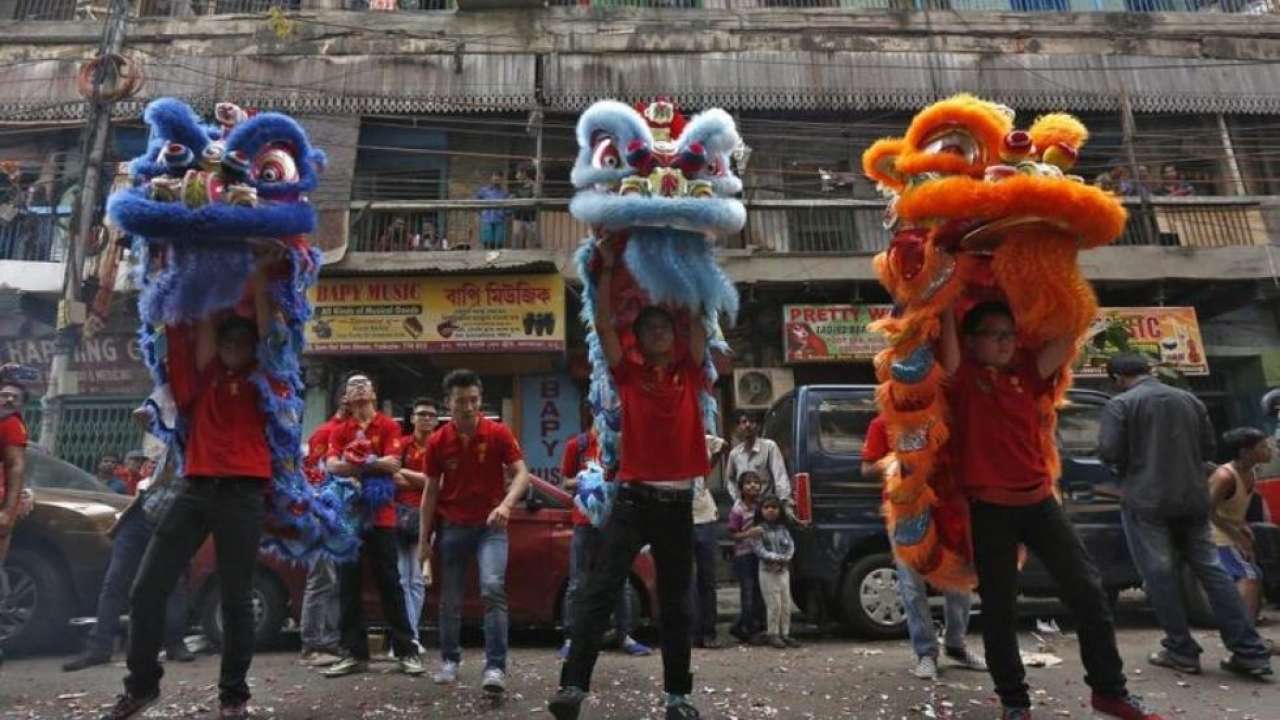
In India, the lunar new year comes with different names. A completely different solar new year also exists for some regions in India! Diwali and Gudi Padwa/Ugadi/Puthandu are two important new year celebrations in Indian culture.
According to the Hindu lunisolar calendar, the Diwali festival is celebrated for five days during Kartika. People observe the day with cultural practices.
Know About: Chinese Cultural Value
Tibetan New Year
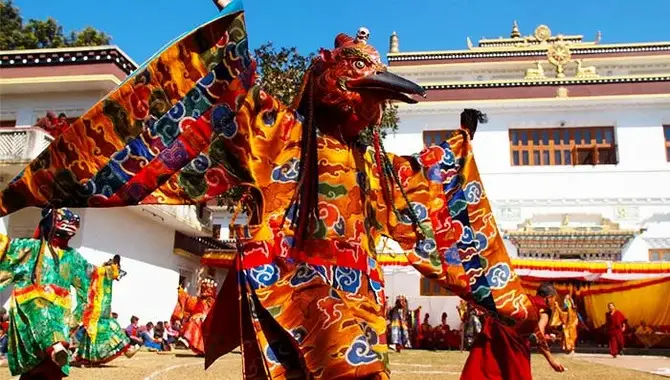
The Tibetan new year is known as Losar. This is a Tibetan Buddhist festival and celebrated on the first day of the Tibetan lunisolar calendar. The day is celebrated in different countries such as Tibet, Nepal, Bhutan, and India. However, the Nepali celebration is eight weeks earlier than the Tibetan Losar and is known as Kochhar. Now, let’s shed some light, particularly on the Chinese lunar new year.
Chinese Lunar New Year
Chinese lunar new year is also known as the spring festival (chūnjié in Chinese). This 15-day celebration kicks off with the new moon and ends with the traditional Chinese lantern festival.
There is a weeklong holiday in China during the spring festival. A bustling travel period takes place before the holiday known as Chunyun. In this period, millions of people travel to their homes by public transport and automobiles to celebrate the new year with their extended families.
Chunyun was deemed as “the largest human migration on the planet” by CNN. During these 15 days, Chinese people observe tons of customs and cultural celebrations. Let’s take a closer look at some of the traditions of Chinese lunar new year celebrations.
Traditional Food
The traditional practices begin from the very first day of the new year. On the first day of the 15-day celebration, a traditional vegetarian dish calledJaiuses eighteen different ingredients.
Chinese people usually select noodles, sweet rice balls, glutinous rice cake, spring rolls, and Chinese dumplings from a vast collection of traditional foods for the new year’s traditional menu.
Reunion Dinner
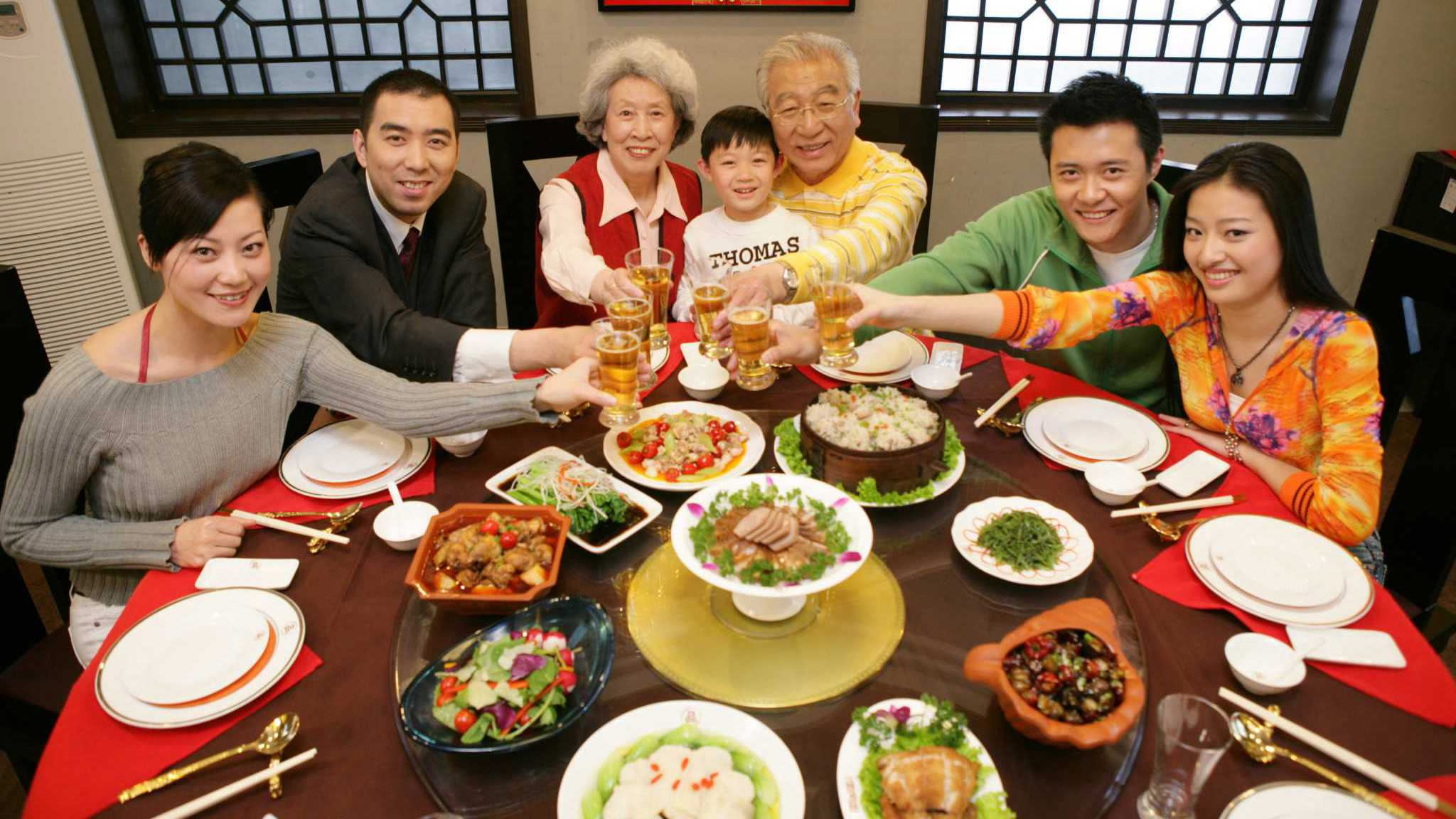
Like most new year celebrations, a reunion dinner is one of the most important Chinese New Year celebrations. A big meal is an essential part of the new year’s eve reunion dinner. Chinese families enjoy traditional foods on this day.
Red Money Packets
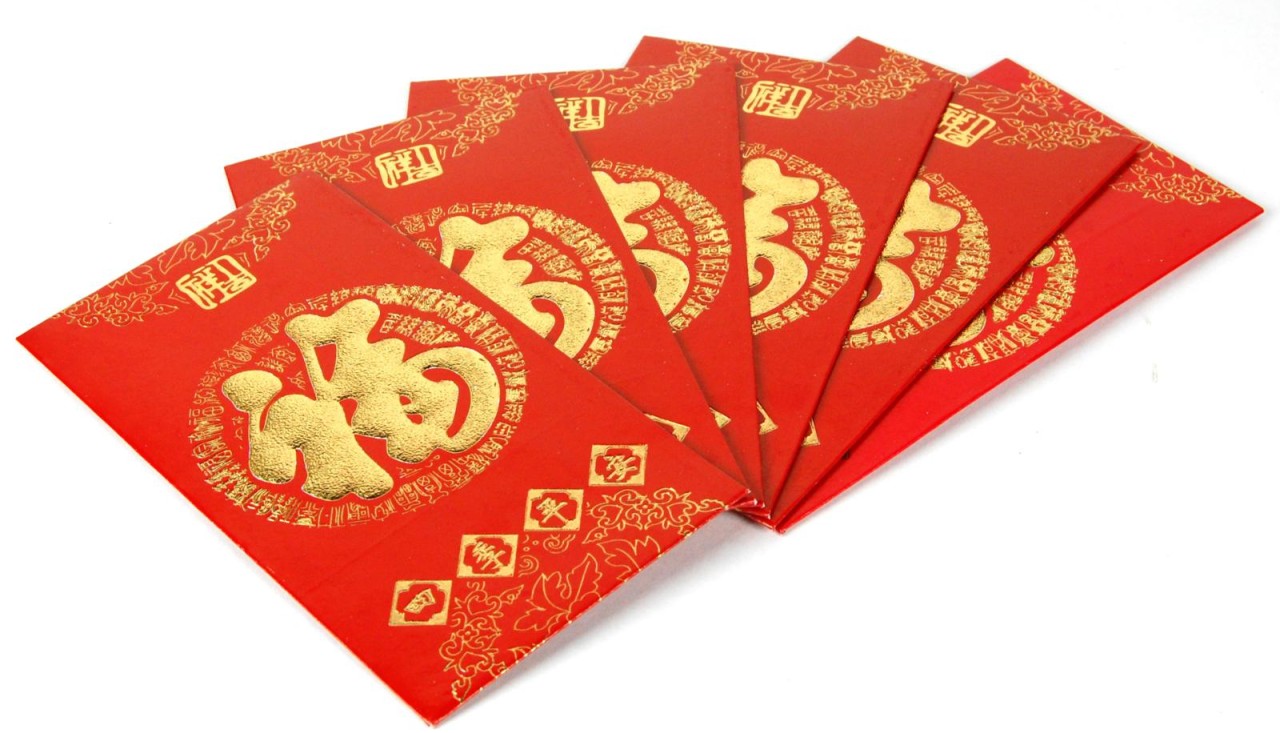
In Chinese culture, older adults or parents give red packets of money to children or unmarried people as gifts. If a person is around 40 and he’s unmarried, he still gets the red pockets! Kids say rhymes when asking for the new year’s money. It’s a great event for kids to socialize with the elders.
The Lion Dance and Dragon Dance

Traditional dances and other performances are some of the most important lunar new year parade parts in the new year celebrations. Traditional lion dances and dragon dances are very common on the streets.
There are typically two performers in a lion dance to operate the lion’s front and back legs in a lion dance. On the other hand, the dragon dance performers hold poles to move the dragon in a flowing motion. These two dance practices are best known.
Firecrackers
Firecrackers are one of the oldest materials used for Chinese celebrations. It is very commonly used in holidays or celebrations nowadays. It’s an important custom in the Chinese New Year, and the celebrations are incomplete without setting off firecrackers and fireworks.
Chinese people love to observe their new year celebrations with stunning fireworks. The fireworks truly add a new color to the Chinese New Year celebration.
The Lantern Festival
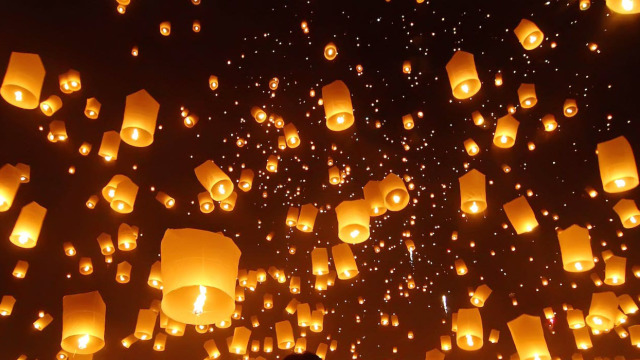
The lantern festival is also known as the Shangyuan Festival. The 15-day long Chinese New Year celebration ends with the traditional lantern festival. This festival has been celebrated with great significance from as early as the Western Han dynasty.
In ancient times the lanterns used to be very simple, and only the emperor and noblemen had large decorative lanterns. Nowadays, lanterns are ornated with complex shapes and designs. This festival is a great attraction for the children. During the festival, they go out at night carrying paper lanterns.
Children solving riddles on the lanterns is an interesting part of this famous Chinese festival. The Chinese New Year festival is incomplete without this magical festival.
Lunar New Year’s Traditions and Superstitions
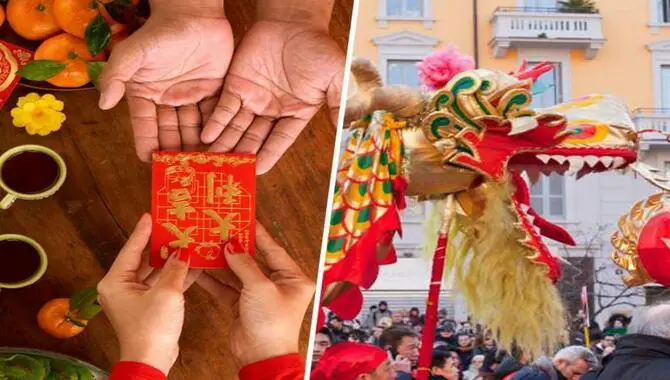
There are a lot of Lunar New Year’s traditions and superstitions that vary from family to family, region to region, and even individual to individual.
However, some of the more popular and widely known traditions include offering food and drink (usually rice or steamed buns) to ancestors or spirits in thanks for their blessings during the past year, making flower bouquets or garlands, calling upon the gods or Buddhas to bring good luck, and spending the evening with family and friends.
Some people even light fireworks or scented candles to send good luck out into the new year. Whatever your tradition may be, make sure to follow it closely so that you can start off the year on the right foot!
The Influence Of Chinese New Year
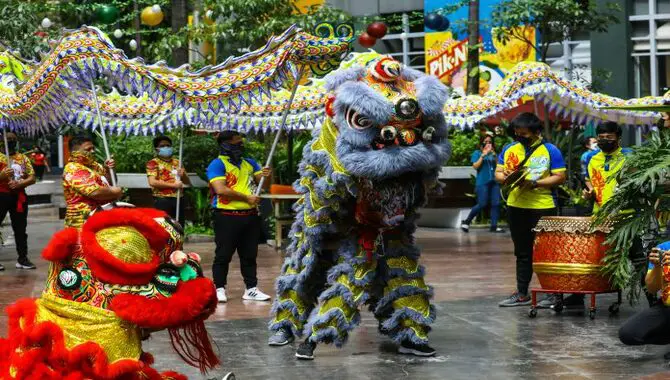
The Chinese New Year is one of the most important festivals in China, and it is celebrated with a lot of enthusiasm all around the world. It is usually celebrated in late January or early February and it marks the start of a new year.
Traditionally, people celebrate the New Year by cleaning their homes and putting new clothes on their wardrobe, eating special foods, and exchanging gifts with family and friends.
The festival also serves as a time to reflect on past year, make resolutions for the coming year, and indulge in a bit of fun. Here are some interesting facts about the Chinese New Year:
- The festival originated in China more than 2,000 years ago.
- It is believed that people in China were able to predict future events based on the lunar calendar, which is why the festival was originally celebrated at the end of the lunar year.
- The traditional Chinese New Year song is often sung by villagers throughout China to celebrate the festival.
- Today, Chinese New Year is celebrated all over the world – including in countries like Malaysia, Singapore, Philippines, Thailand, Vietnam, and Indonesia.
So whether you’re celebrating in China or anywhere else around the world, make sure to enjoy the festivities!
Verdict
The lunar new year and the Chinese New Year are the fruits of the same tree. The themes, cultures, and celebrations that vary from culture to culture label them as different.
We hope that now you can see distinct about Lunar New Year Vs. Chinese New Year after going through our article. The concepts are identical for both of them, but the people of China celebrate the day in their way.
It’s the year of the rooster, and as such, it’s time to get ready for the Chinese New Year! While Lunar New Year is celebrated predominantly in East Asia, the two holidays share quite a few similarities, such as the exchanging of gifts and visits to family members.
If you’re looking for a cultural holiday to celebrate this year, why not check out our article on Lunar New Year vs Chinese New Year? In addition, we’ll be releasing new content frequently throughout the year so be sure to bookmark our website and come back for more!
FAQs
Can Microdosing Psychedelics Boost Mental Health?
There is a lot of research being conducted on the potential positive effects of psychedelics, such as microdosing . While there is still much to learn, some studies have shown that microdosing can help improve mental health in a number of ways.
One study found that microdosing LSD helped treat anxiety and depression in people who were struggling with those conditions. Another study showed that microdoses of LSD helped reduce negative thinking and anxiety in people who had difficulty regulating their emotions.
While it’s still too early to say for certain whether or not microdosing psychedelics can actually boost mental health, the potential benefits are clear. If you’re interested in trying out this kind of therapy, be sure to speak with a qualified therapist first to make sure it’s the right thing for you.
Why Is It Called Lunar New Year Instead of Chinese New Year?
The Lunar New Year, also known as the Spring Festival, is commonly known as the Chinese New Year in countries that celebrate it, such as Hong Kong and Taiwan. It is a time for family and friends to come together and celebrate the new year.
Chinese New Year is based on the lunar calendar, which is a lunisolar calendar. This means that the dates of Chinese New Year vary each year based on the lunar cycle. The holiday usually falls on the first day of the first month of the lunar year.
Why Is the Date of Chinese New Year Different Every Year?
This is a tricky question, because the answer depends on the year! However, in general, Chinese New Year is celebrated around the world because it marks the beginning of the Chinese New Year calendar.
This calendar is made up of 12 months, with each month representing a different phase of the year. These phases include Spring, Summer, Fall, Winter, and New Year. Therefore, Chinese New Year always falls on a different day every year because it corresponds to a new month in the calendar.
Who Celebrates Lunar New Year?
There are a number of different countries around the world that celebrate Lunar New Year, depending on the region. Some countries, like China, have a long history of celebrating the holiday while others, like the United States, have adopted it relatively recently.
Regardless of where you are in the world, Lunar New Year is typically a time for family reunions, goodwill towards friends and neighbors, and of course, plenty of food and drink!
How Lunar New Year Celebrations Began?
Lunar New Year celebrations began with the Chinese lunar calendar in the year 604 BC. The first day of the new year was celebrated by pouring a libation to the moon, and people believed that the moon had a strong influence on Earth.
The date of the new year gradually moved forward by about 10 days every few years, until it reached its current position in 1950.

I’m a writer and blogger who loves to talk about entertainment, culture, and relationships. I love to share my thoughts and insights on these topics, and I’m always looking for new ways to engage with my readers. I’m also a big fan of learning new things, so I’m always exploring new areas of interest.
